Airpocalypse in Delhi! People continue to choke as thick, toxic smog engulfs National Capital – See photos

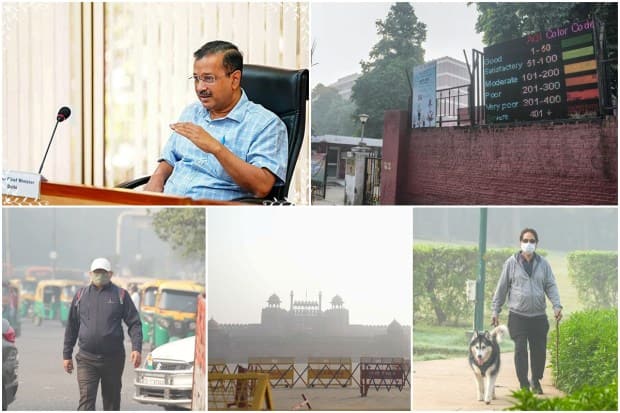 2/11
2/11
Delhi Chief Minister Arvind Kejriwal chairs a high-level meeting on pollution in the national capital, at the Delhi Secretariat after which he announced that the odd-even will come into force from November 13 and will conclude on November 20.(PTI photo)
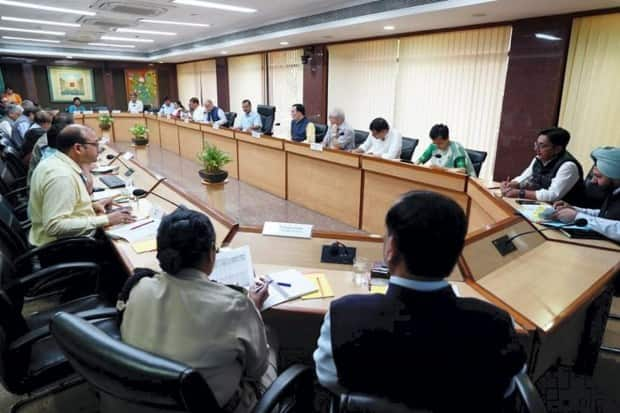 3/11
3/11
The 24-hour average Air Quality Index (AQI), recorded at 4 pm every day, worsened from 415 on Saturday to 454 on Sunday, prompting the Centre to implement all emergency measures mandated under the final Stage IV of its air pollution control plan called the Graded Response Action Plan (GRAP).(PTI photo)
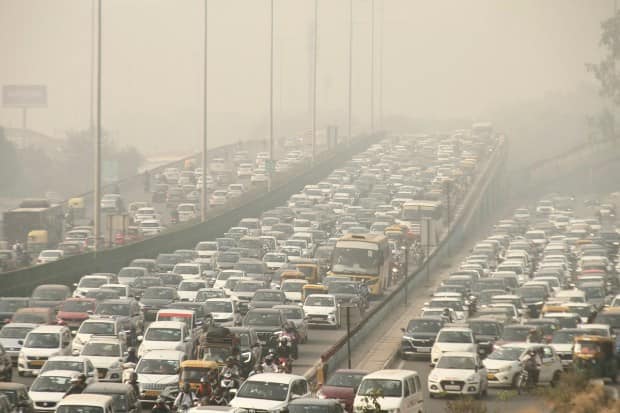 4/11
4/11
Several cities in neighbouring Haryana, Rajasthan, and Uttar Pradesh have also reported hazardous air quality. Neighbouring Ghaziabad (413), Gurugram (369), Noida (403), Greater Noida (396) and Faridabad (426) also reported hazardous air quality at 7 am.(PTI photo)
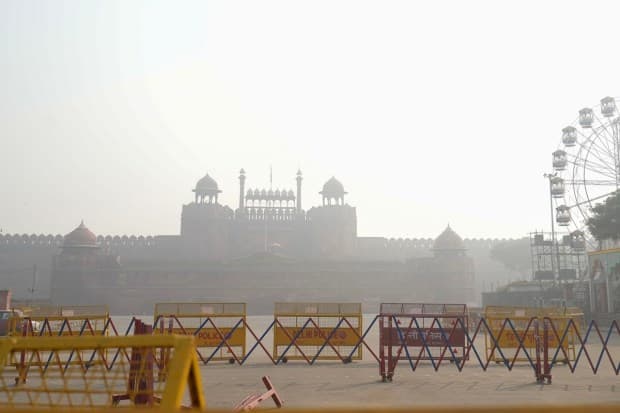 5/11
5/11
According to the India Meteorological Department (IMD), conditions favourable for dispersion of pollutants are likely to develop Tuesday night onwards under the influence of an upcoming western disturbance, weather systems that originate in the Mediterranean region and bring unseasonal rainfall to northwest India.(PTI photo)
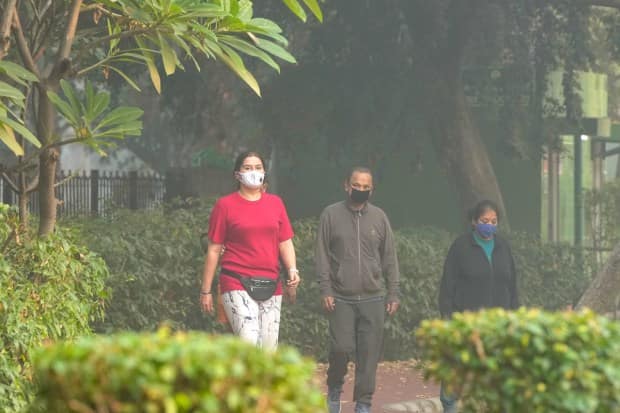 6/11
6/11
The concentration of PM2.5, fine particulate matter capable of penetrating deep into the respiratory system and triggering health problems, exceeded the government-prescribed safe limit of 60 micrograms per cubic metre by seven to eight times at multiple locations throughout Delhi-NCR. It was 30 to 40 times the healthy limit of 15 micrograms per cubic metre set by the WHO.(PTI photo)
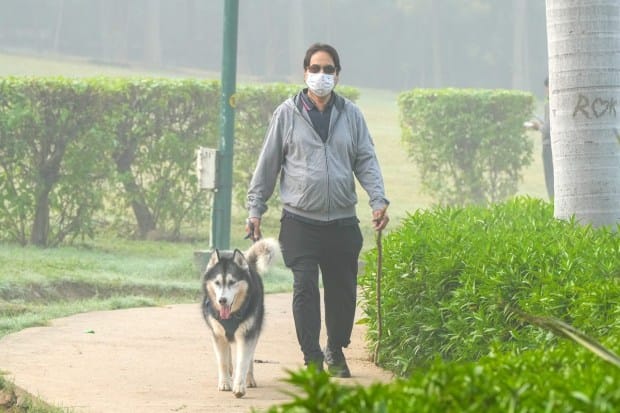 7/11
7/11
The poisonous haze has been causing significant problems for people with existing respiratory issues, according to doctors. Unfavourable meteorological conditions combined with vehicular emissions, paddy straw burning, firecrackers and other local pollution sources contribute to hazardous air quality levels in Delhi-NCR during the winter every year.(PTI photo)
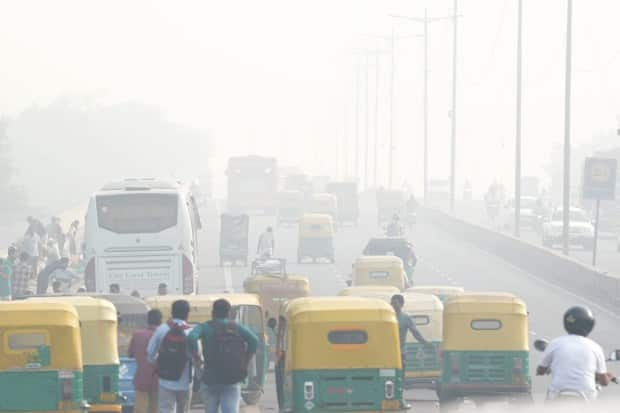 8/11
8/11
According to a Delhi Pollution Control Committee (DPCC), the capital experiences peak pollution from November 1 to November 15 when the number of stubble burning incidents in Punjab and Haryana increases. According to the New Delhi-based Indian Agricultural Research Institute (IARI), a total of 4,160 farm fires were reported from north India on Sunday — the highest so far this season.(PTI photo)
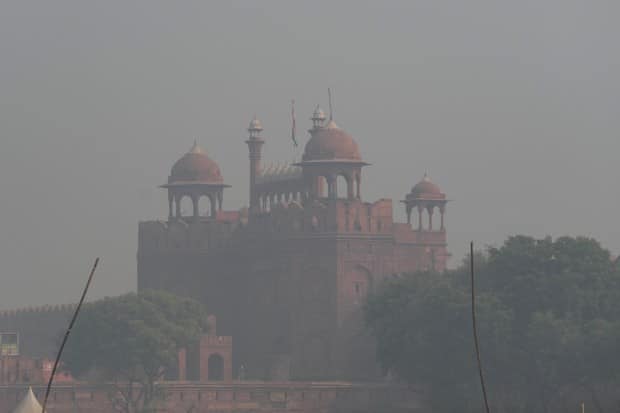 9/11
9/11
Punjab alone reported 3,230 incidents of stubble burning, the state’s highest in a day so far this season, according to Punjab Remote Sensing Centre data. The Commission for Air Quality Management (CAQM), a statutory body responsible for formulating strategies to combat pollution in the region, asked Delhi and NCR states to order a ban on construction work related to linear public projects and allow 50 per cent of the staff in government and private offices to work from home.(PTI photo)
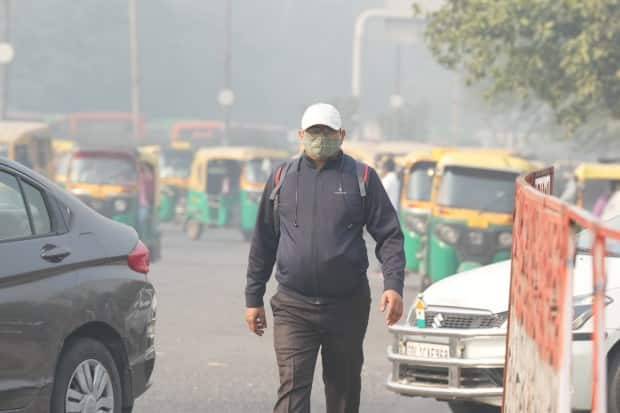 10/11
10/11
Data from the Central Pollution Control Board (CPCB) shows that Delhi’s air quality index increased by over 200 points between October 27 and November 3, ending up in the ‘severe plus’ category on Friday. Friday’s 24-hour average AQI (468) was the worst since the previous high of 471 recorded on November 12, 2021.(PTI photo)
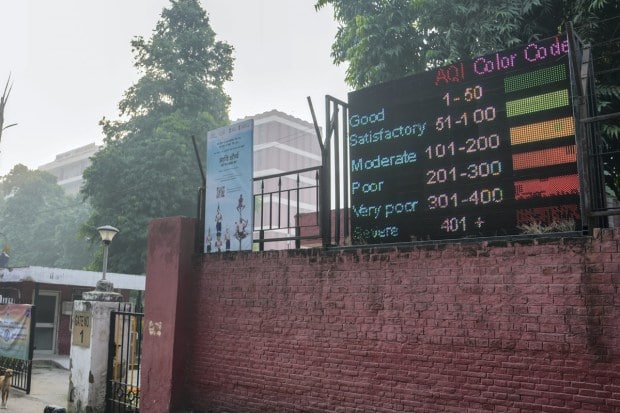 11/11
11/11
Delhi’s air quality ranks among the worst in the world’s capital cities. A report by the Energy Policy Institute at the University of Chicago (EPIC) in August said that air pollution is shortening lives by almost 12 years in Delhi.(PTI photo)
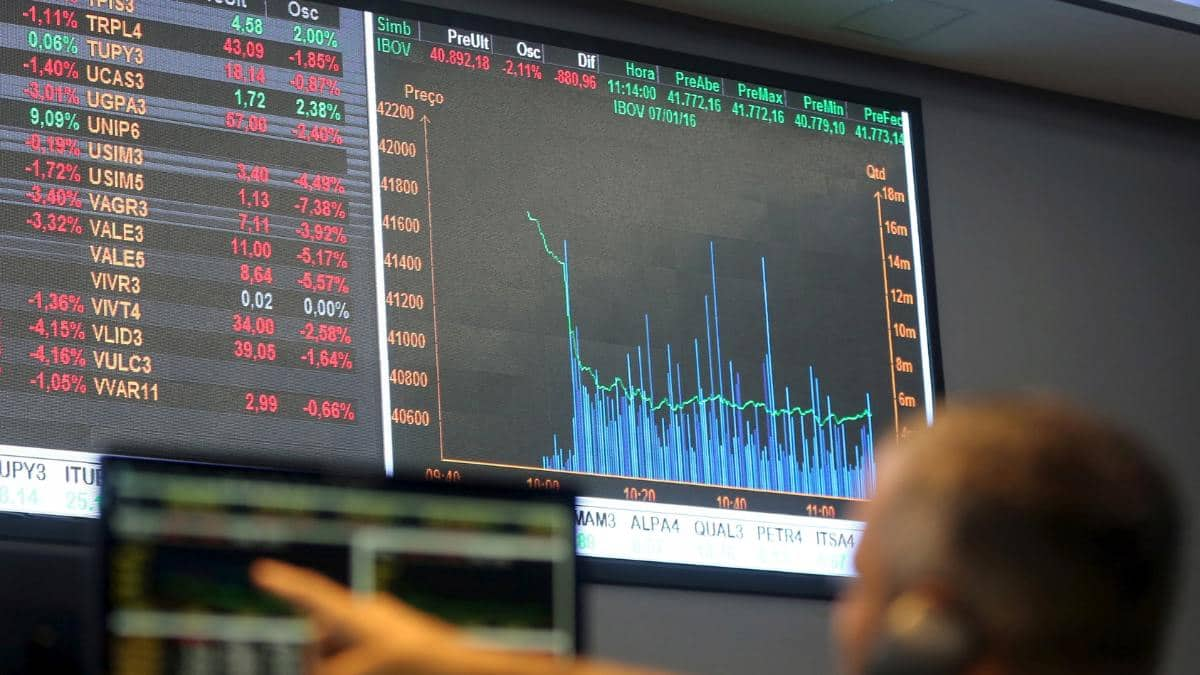


Leave a Comment